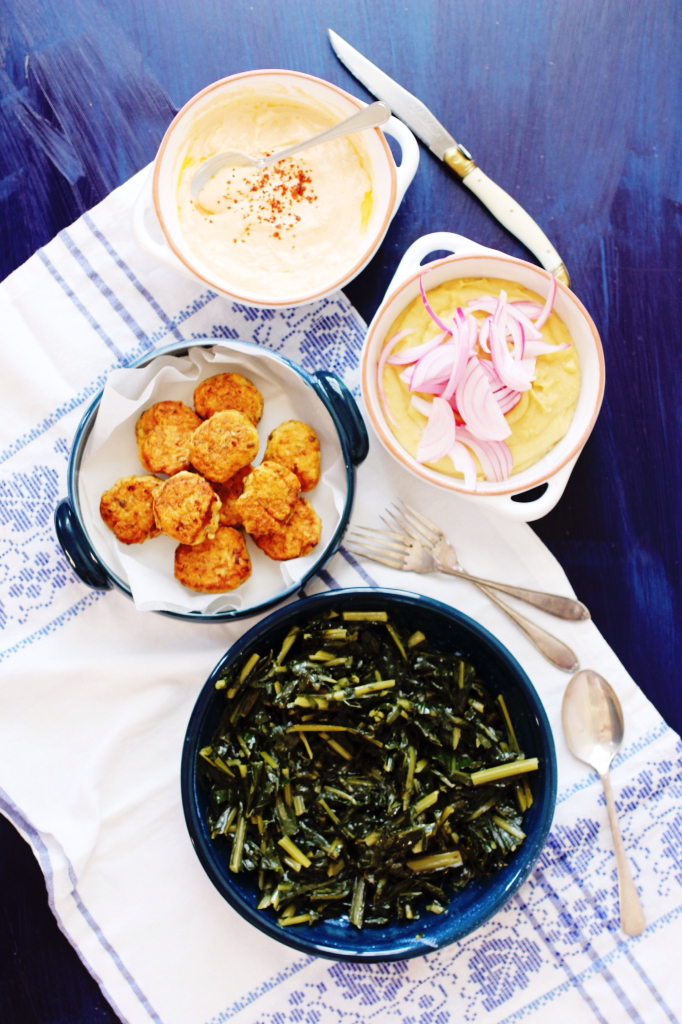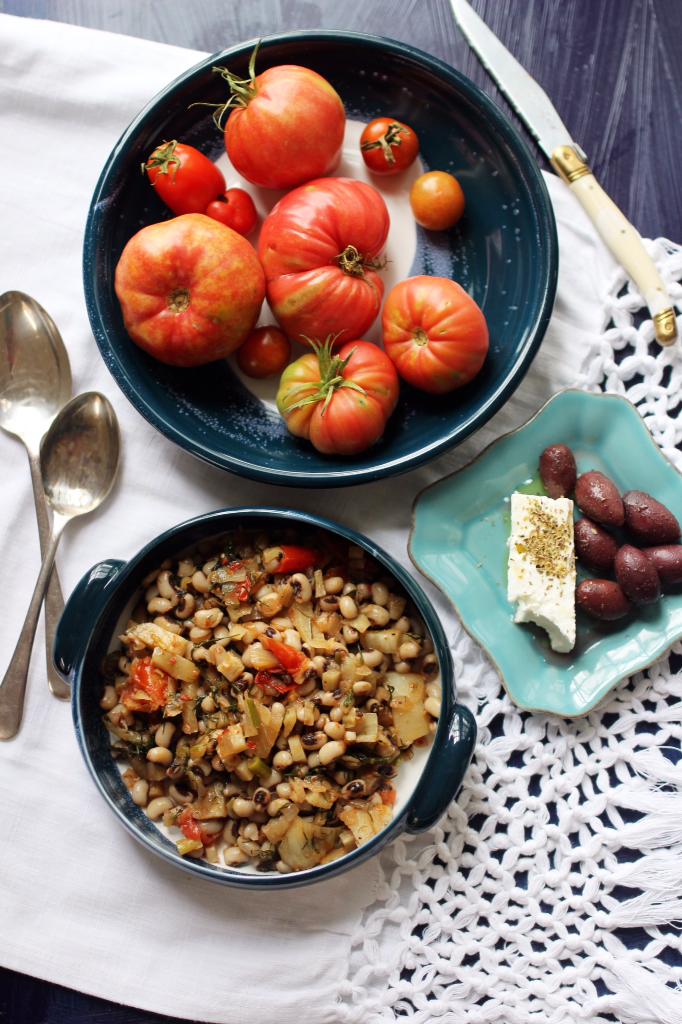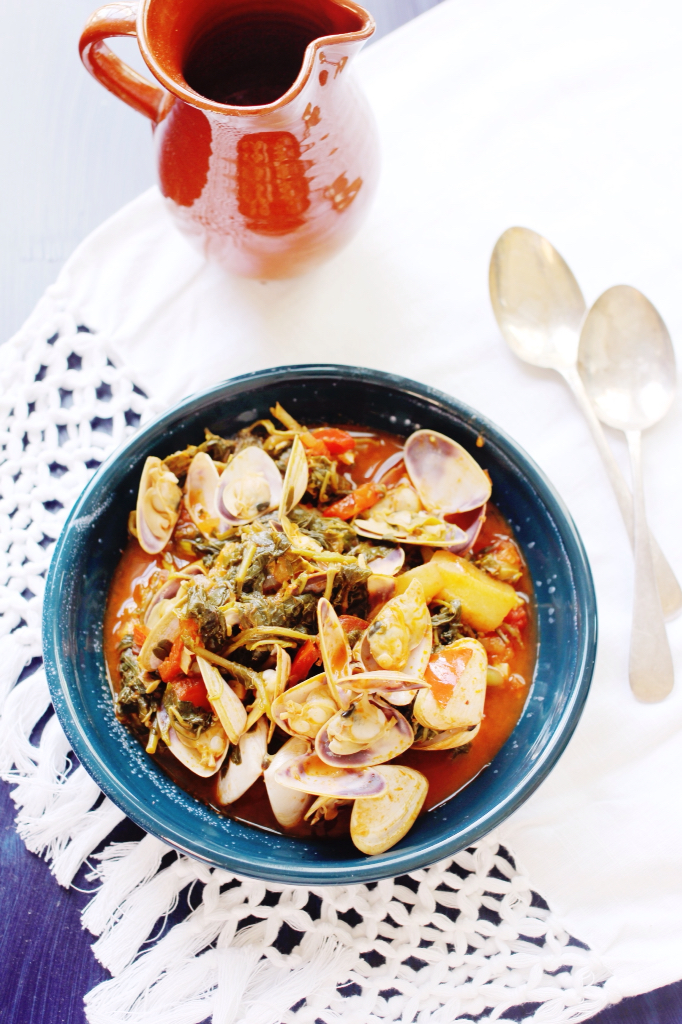Favokeftedes (φαβoκεφτέδες)

Over the last few days, Mr K and I have been doing a little holiday planning, getting inspired for our visit to Greece this summer. While Mr K is planning our itinerary around sensible things like ferry connections and architectural points of interest, I have been guided by regional cooking traditions and specialty produce of Greece. So, having spent a few days reading about the famed yellow split peas of Santorini, called 'fava' (and not to be confused with broadbeans), I just had to get into the kitchen and make some Santorini inspired dishes. In this case a big bowl of traditional warming fava - a split pea puree and some favokeftedes, which are best described as a split pea croquette. I made this dish with Australian grown yellow split peas, which were excellent quality, but I can't wait to try this dish again in a few months time, with the fava grown on the spectacular Greek island of Santorini. Favokeftedes (φάβoκεφτέδες) Ingredients 250g yellow split peas 1 onion,


